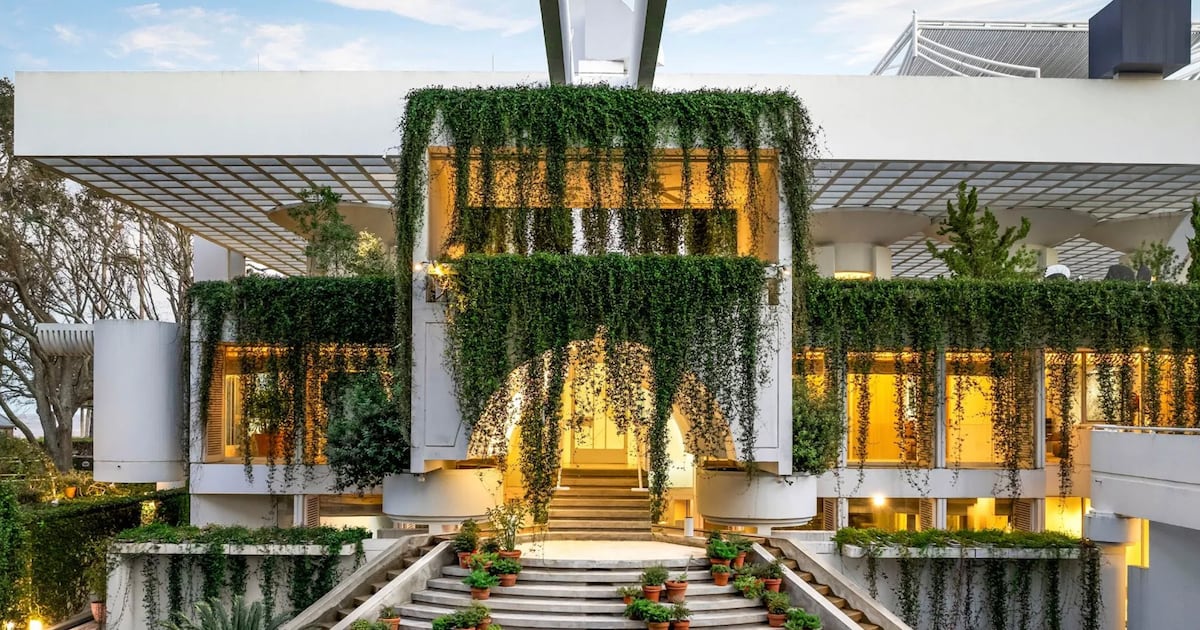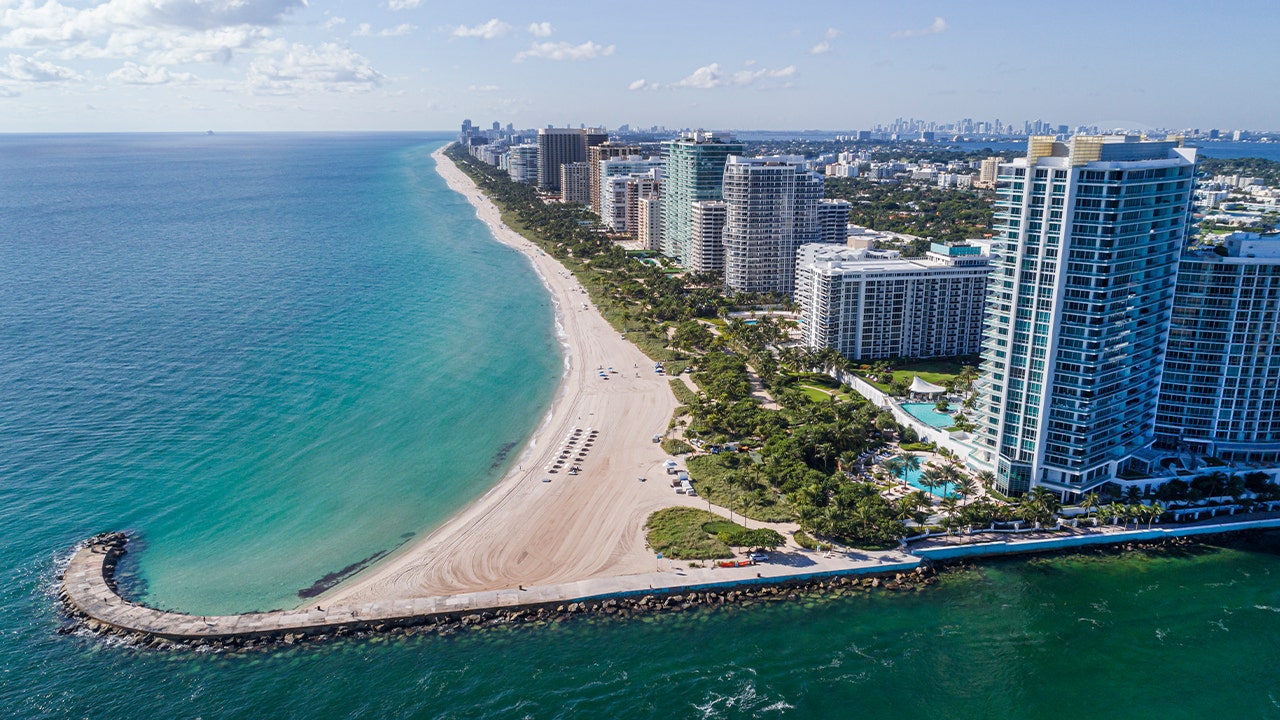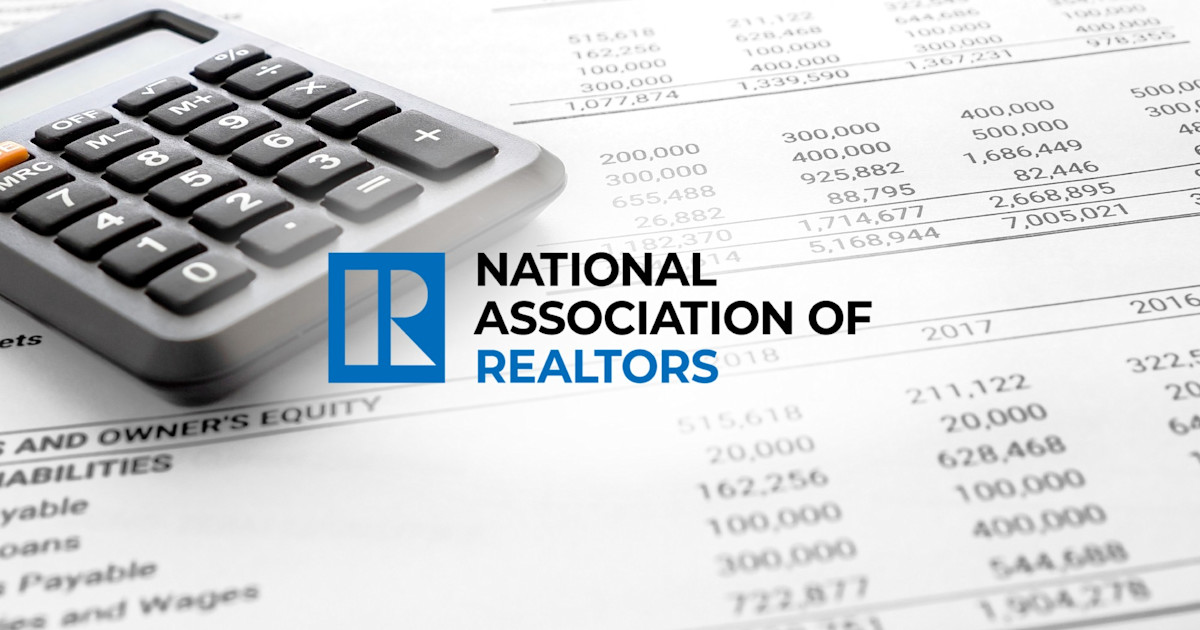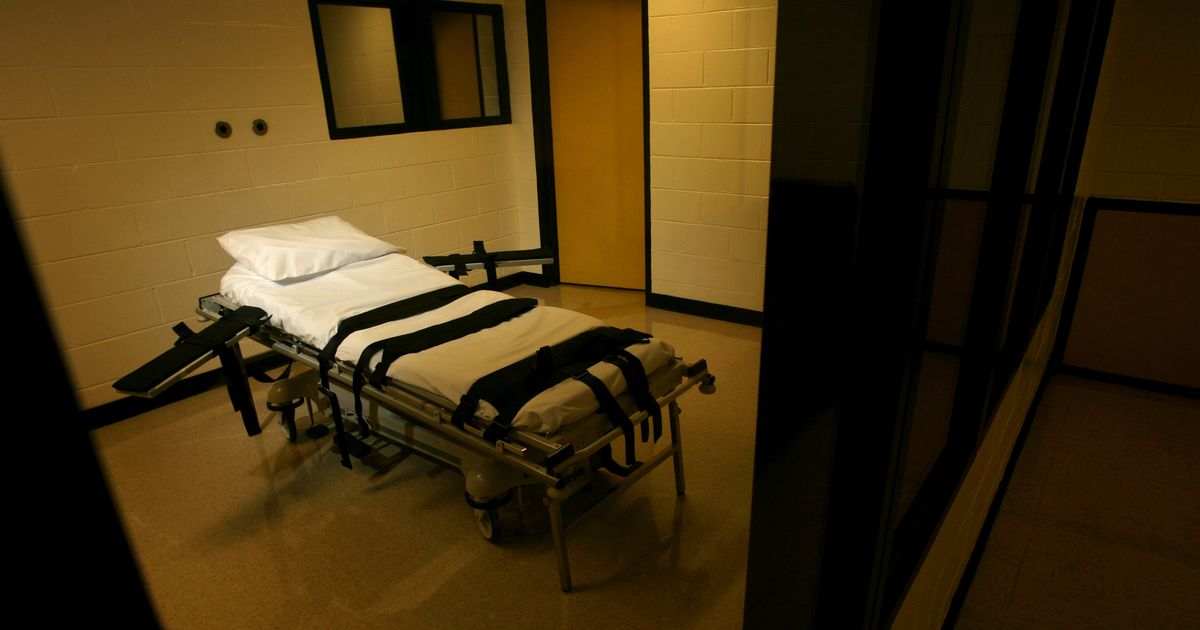N
YC developers now face a new tax rule, 485‑x, that adds costs to projects with 100 or more units. Intended to raise wages for large multifamily developments, the measure actually increases construction expenses by about 2% for 100‑unit projects and up to 30% for those exceeding 150 units in certain districts. Enacted in 2024 to replace the earlier 421‑a program, it requires a minimum wage of $40 per hour for workers on qualifying buildings, discouraging developers from pursuing larger projects.
Bloomberg reports that in the third quarter, 21 developers filed applications for 99‑unit buildings—up from 13 such filings between 2008 and 2023. These 99‑unit projects now account for 90% of all residential submissions, with 194 applications in total for buildings of 99 units or fewer. REBNY notes that only 11 of the 207 multi‑family projects filed in Q3 had 150 or more units, compared to 144 projects below 149 units. The surge in 99‑unit applications—a 152% year‑over‑year jump—signals a shift toward smaller developments.
The housing crisis, a central issue in last week’s mayoral race, has been worsened by this trend. “We are not producing the housing we need to solve our affordability crisis,” said a REBNY spokesperson, calling for tools that enable the construction of more units. Zachary Steinberg, REBNY’s EVP of external relations, warned that the current production figures should not lull policymakers into complacency. “The strong results come after a decade of underproduction that cannot be remedied by building 99 units at a time,” he said.
In short, 485‑x is steering developers toward smaller, medium‑scale projects at the expense of the large‑scale developments required to address New York’s chronic housing shortage.













